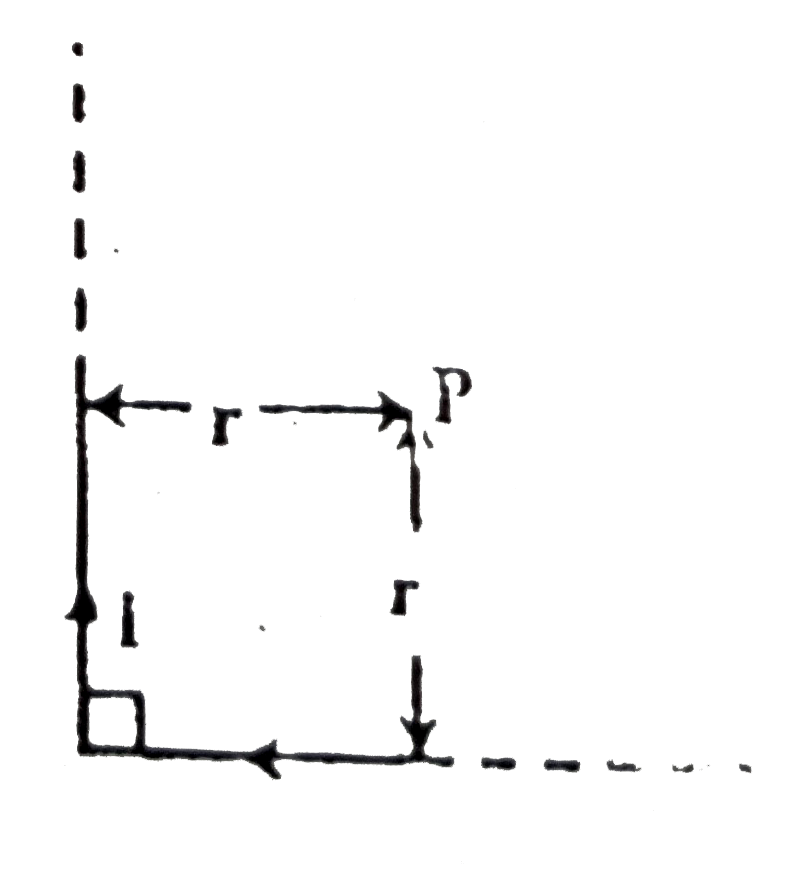Phosphorescence shown by P is due to
oxidation of Pinto P2O3
oxidation of Pinto P2O5
oxidation of luciferin by luciferase enzyme.
reduction of Pinto phosphide ions.
The correct Answer is:A
To solve the question regarding the phosphorescence shown by phosphorus, we need to analyze the options provided and understand the concept of phosphorescence.
1. Understand Phosphorescence:
- Phosphorescence is the phenomenon where a substance absorbs energy and then re-emits it as light over a longer period. This process is different from fluorescence, where the light emission occurs almost instantaneously.
2. Analyze the Options:
- Option 1: Oxidation of Phosphorus into P2O3.
- Option 2: Oxidation of Phosphorus into P2O5.
- Option 3: Oxidation of Luciferin by Luciferase enzyme.
- Option 4: Reduction of Phosphorus into Phosphide ion.
3. Evaluate Option 1:
- The oxidation of phosphorus to P2O3 involves the reaction of phosphorus with oxygen. This reaction can lead to the formation of phosphorescent materials. Phosphorus (P) reacts with oxygen (O2) to form phosphorus trioxide (P2O3), which is known to exhibit phosphorescence.
4. Evaluate Option 2:
- The oxidation of phosphorus to P2O5 also occurs, but it is not primarily responsible for phosphorescence. P2O5 is more stable and does not exhibit the same luminescent properties as P2O3.
5. Evaluate Option 3:
- The oxidation of Luciferin by Luciferase enzyme is unrelated to phosphorus and does not pertain to the phosphorescence of phosphorus itself.
6. Evaluate Option 4:
- The reduction of phosphorus to form phosphide ions does not lead to phosphorescence. Instead, it involves the formation of a negatively charged ion and does not contribute to light emission.
7. Conclusion:
- Based on the analysis, the correct answer is Option 1: The oxidation of Phosphorus into P2O3 is responsible for the phosphorescence shown by phosphorus.
Final Answer:
Phosphorescence shown by phosphorus is due to the oxidation of phosphorus into P2O3.
---
- Phosphorescence is the phenomenon where a substance absorbs energy and then re-emits it as light over a longer period. This process is different from fluorescence, where the light emission occurs almost instantaneously.
- Option 1: Oxidation of Phosphorus into P2O3.
- Option 2: Oxidation of Phosphorus into P2O5.
- Option 3: Oxidation of Luciferin by Luciferase enzyme.
- Option 4: Reduction of Phosphorus into Phosphide ion.
- The oxidation of phosphorus to P2O3 involves the reaction of phosphorus with oxygen. This reaction can lead to the formation of phosphorescent materials. Phosphorus (P) reacts with oxygen (O2) to form phosphorus trioxide (P2O3), which is known to exhibit phosphorescence.
- The oxidation of phosphorus to P2O5 also occurs, but it is not primarily responsible for phosphorescence. P2O5 is more stable and does not exhibit the same luminescent properties as P2O3.
- The oxidation of Luciferin by Luciferase enzyme is unrelated to phosphorus and does not pertain to the phosphorescence of phosphorus itself.
- The reduction of phosphorus to form phosphide ions does not lead to phosphorescence. Instead, it involves the formation of a negatively charged ion and does not contribute to light emission.
- Based on the analysis, the correct answer is Option 1: The oxidation of Phosphorus into P2O3 is responsible for the phosphorescence shown by phosphorus.
Phosphorescence shown by phosphorus is due to the oxidation of phosphorus into P2O3.
Similar Questions
Knowledge Check
Phosphorescence occus in
ASalpaBPyrosomaCPetromyzonDRanaTyndall effect shown by colloids is due to :
Ascattering of light by the particlesBmovements of particlesCreflection of light by the particlesDcoagulation of particlesTyndall effect shown by colloids is due to :
Ascattering of light by the particlesBmovements of particlesCreflection of light by the particlesDcoagulation of particles
Assertion: Emission of light as result of exposure of P to air in night is called phosphorescence.
Reason: Phosphorus burns in O2 to give P2O5 and conversion of chemical energy into light energy producing cold light and the phenomenon is called chemiluminiscence.
View SolutionGenetic diversity is shown by plants due to:
View SolutionFluoroscence differs from phosphorescence in being
View SolutionThe movement shown by a plant kept in a phototropic chamber is due to
View SolutionThe magnetic field strength at a point P distant r due to an infinite straight wire carrying a current i is as shown in the figure

View Solution

